Discovering Mexico: Journey with Lorena!
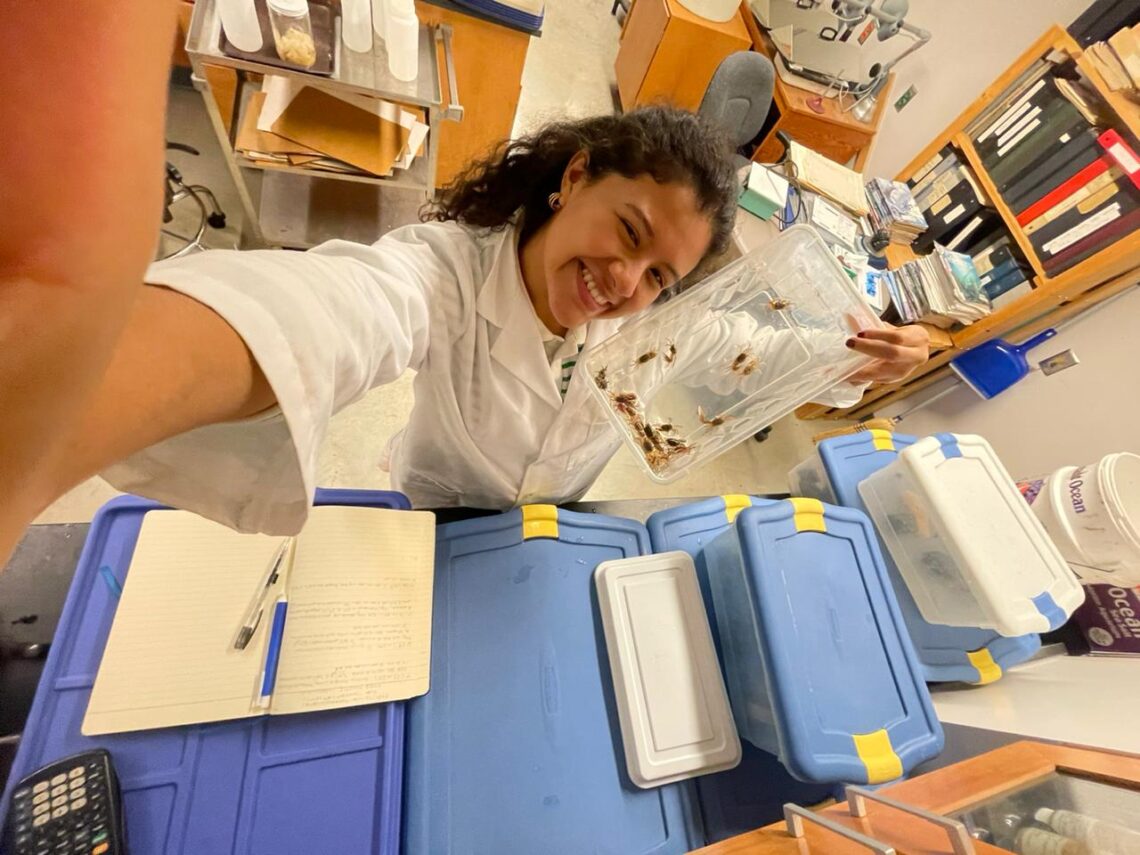
We’re back with another enthralling article, this time immersing ourselves in the enchanting wonders of Mexico. Join us on a captivating journey with Lorena, a true enthusiast deeply connected to the beauty and richness of her homeland. Mexico is a vibrant and diverse country located in the southern part of North America.
Meet Lorena!

¡Hola! Mi nombre es Lorena, tengo 25 años y soy orgullosamente mexicana!
México es un país que todos deberían visitar al menos una vez en la vida. Está lleno de color, comida increíble, gente amable, lugares y música hermosos y una cultura increíble. Nací y crecí en la ciudad más increíble del mundo: la Ciudad de México.
Estudié Biología en la Universidad Nacional Autónoma de México (UNAM). Estoy realmente enamorado de la Biología y siempre he sido un amante de los animales, desde cangrejos y abejas hasta ballenas y gatos. Terminé mi carrera el año pasado, pero decidí hacer una investigación internacional para mi tesis y encontré la UNI, y cuando llegó la oportunidad no lo dudé.
Mi proyecto actual se enfoca en el problema del Calentamiento Global ya que siempre me han interesado los problemas ambientales, o mejor dicho, las soluciones ambientales, y estoy usando cangrejos violinistas como modelo para intentar estableces límites de tolerancia térmicas de los organismos costeros a intentar proteger los hábitats costeros.
Mi experiencia en la UNI ha sido increíble. Lo más preciado son los amigos que he hecho. Gracias a nuevos amigos, he tenido la oportunidad de aprender más sobre muchos países y culturas. Además, toda la gente de la Universidad y de Iowa en general es muy amable y cálida.
Definitivamente esta experiencia ha cambiado mi vida, he crecido mucho en estos últimos meses y he aprendido mucho de los demás, de mí y de los cangrejos. Estaré eternamente agradecido por esta experiencia.
Hi! My name is Lorena, I am 25 years old and I am proudly Mexican!
México is a country that everybody should visit at least once in their lives. It’s full of color, amazing food, kind people, beautiful places and music, and an incredible culture. I was born and raised in the most amazing city in the world: Mexico City!
I studied Biology in the National Autonomous University of Mexico (UNAM). I am really in love with the Biology and I have always been an animal person, from crabs and bees to whales and cats. I finished my major last year, but decided to make an international research for my thesis and found the UNI, and when the opportunity came I didn’t doubt about it.
Right now my project is focused on the Global Warming problem since I’ve always been interested on environmental problems, or better, environmental solutions, and I am using fiddler crabs as a model to try to set limits on the thermal tolerances on coastal organisms to try to protect the coastal habitats.
My experience on the UNI has been amazing! The most precious thing are the friends that I have made. Because of new friends, I’ve had the opportunity to learns more about many countries and cultures. Also, all the people on the University and in Iowa in general are very nice and warm.
Definitely this experience have been a life changer for me, I have grown a lot on this past few months and have learn a lot from the others, from me and from the crabs. I will be forever thankful for this experience.
Lorena Martinez – Transfer Student
More about Lorena…
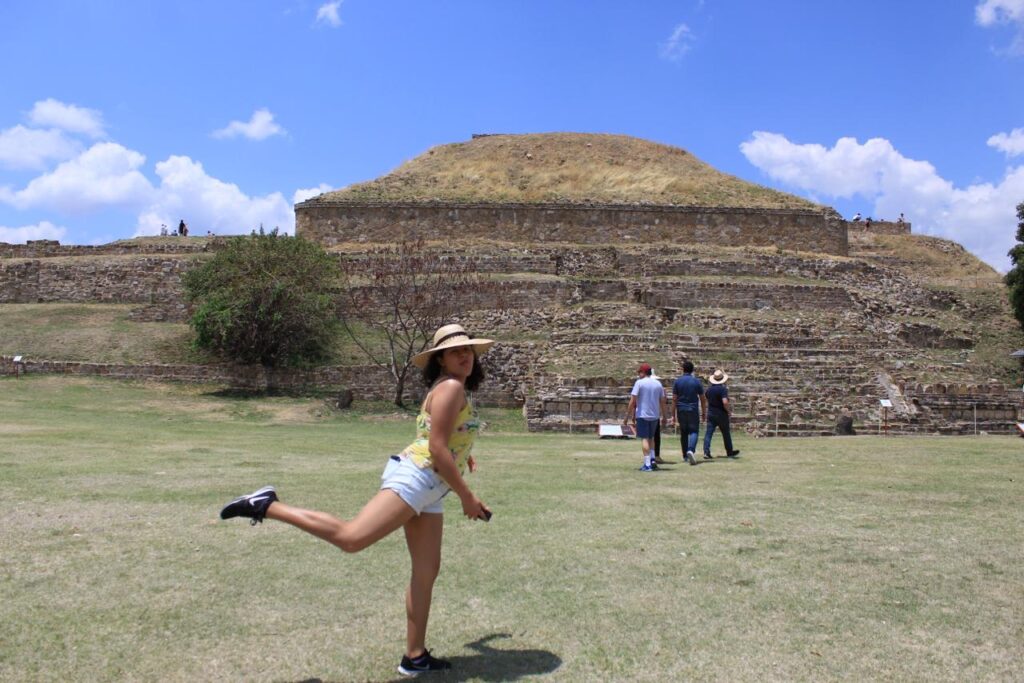
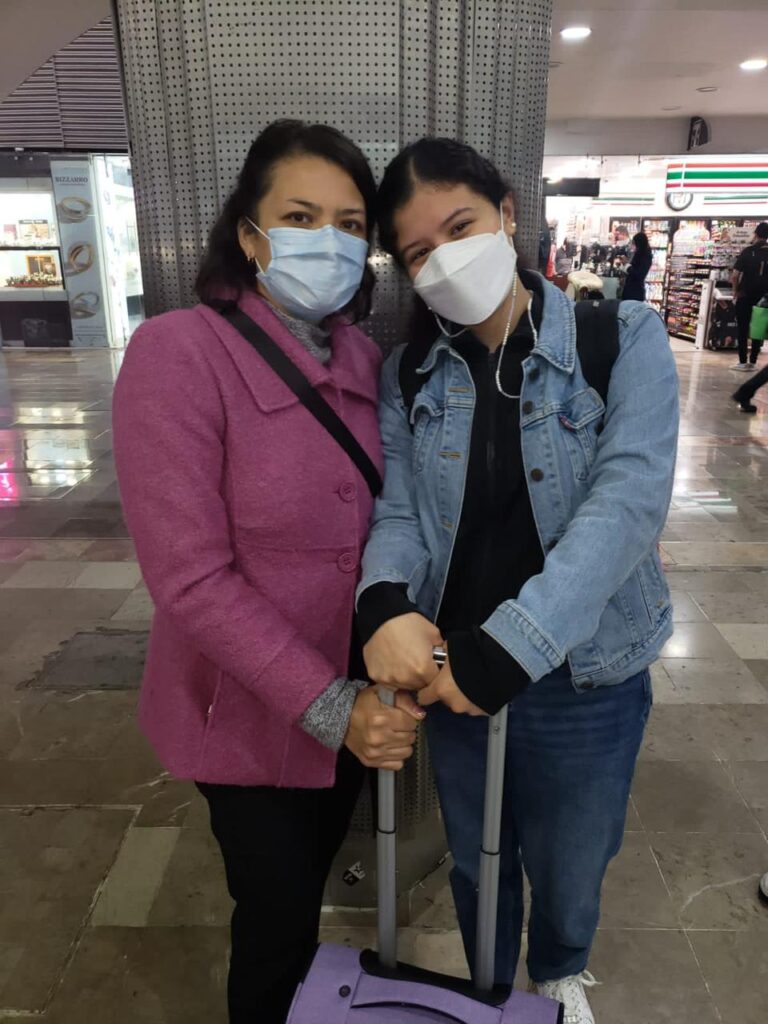
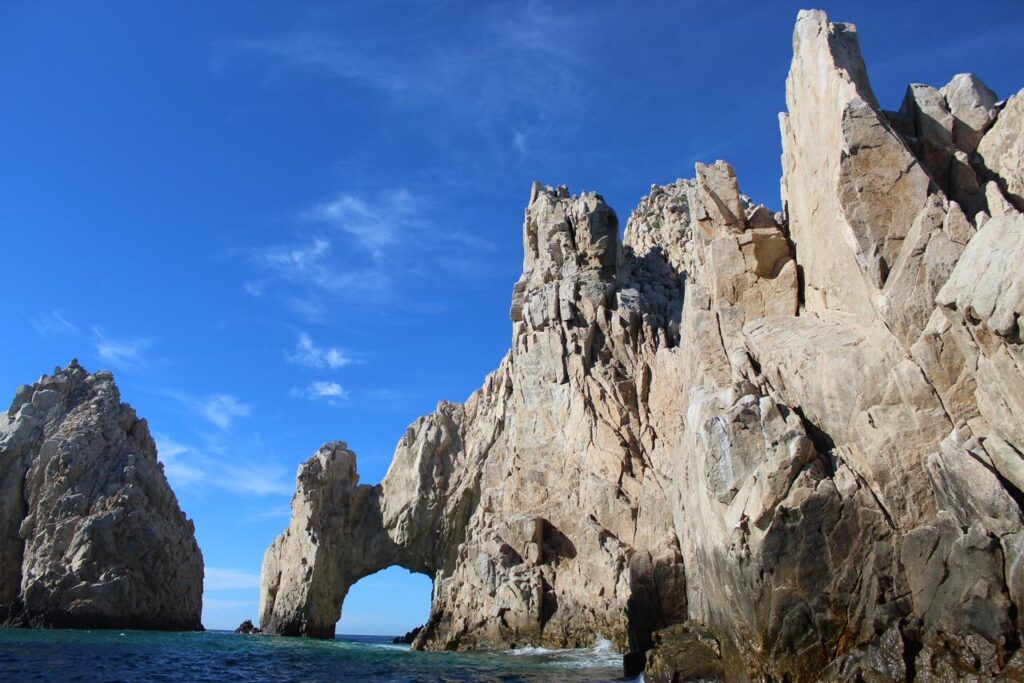





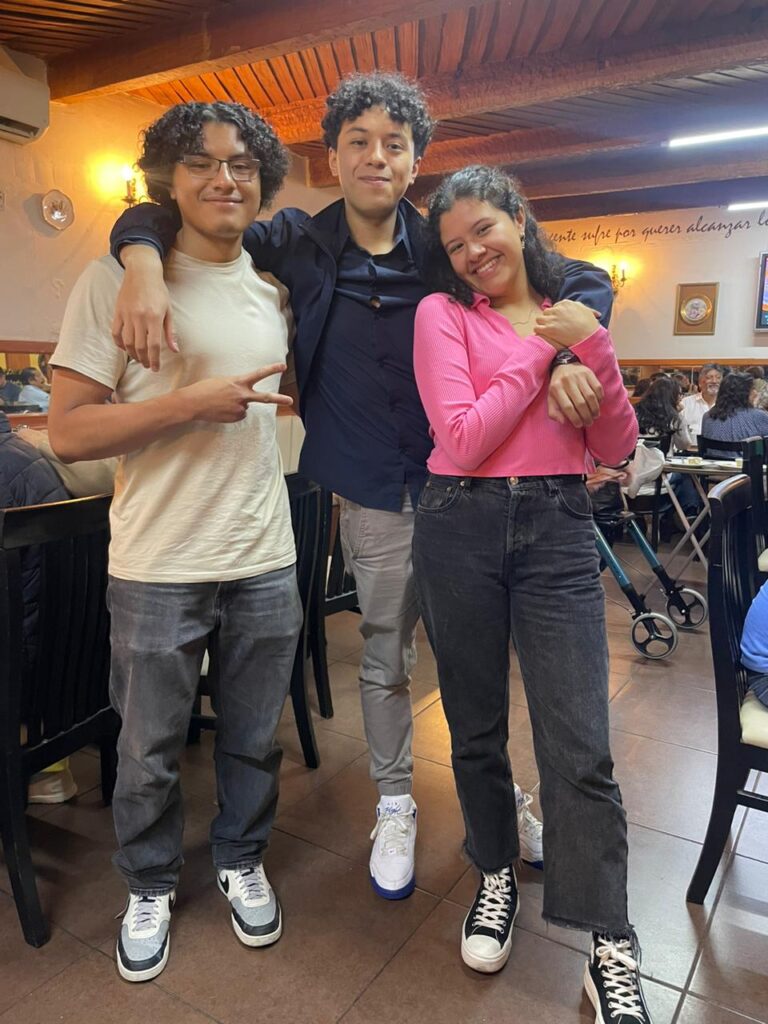
Where is Mexico located?
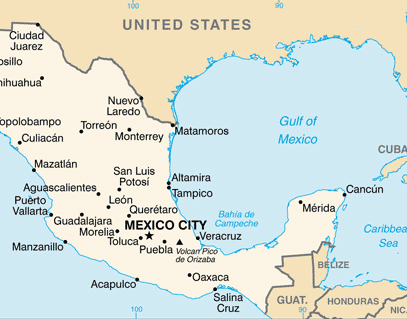
Mexico is located in the southern part of North America, sharing borders with the United States to the north, Belize and Guatemala to the south, the Pacific Ocean to the west, and the Gulf of Mexico and Caribbean Sea to the east. It is a country with diverse geography, including mountains, plateaus, and coastal areas. Mexico is the third-largest country in Latin America and covers a vast and varied land area. The capital city is Mexico City.
Places to visit in Mexico!
Mexico offers a wealth of diverse and captivating destinations for travelers. Here are some notable places to visit in Mexico:
Mexico City: The vibrant capital city is a cultural hub with museums like the National Museum of Anthropology, historic sites like the Zocalo, and the iconic Chapultepec Castle. Explore neighborhoods like Condesa and Roma for trendy vibes.
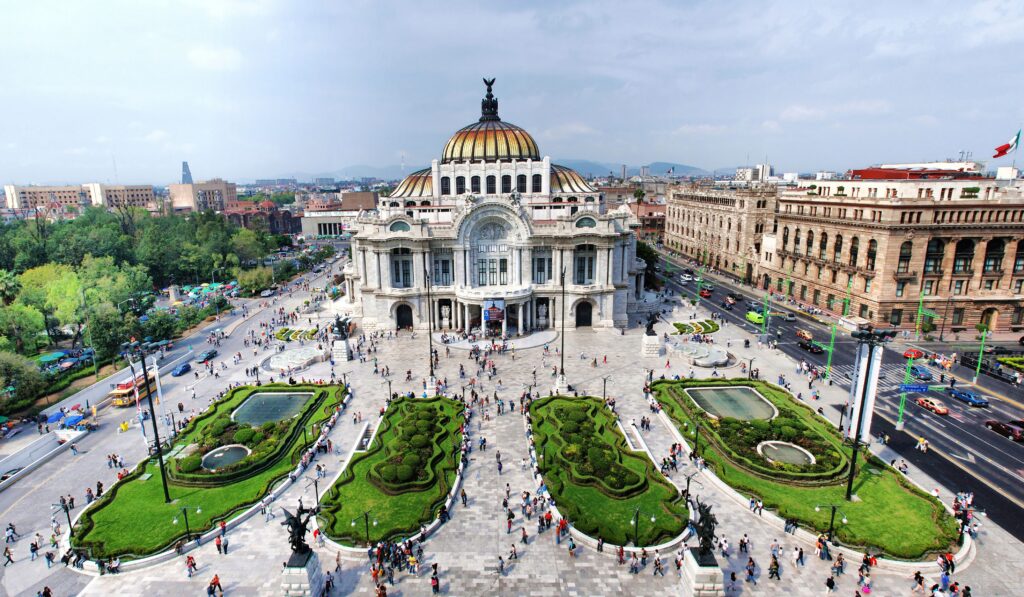
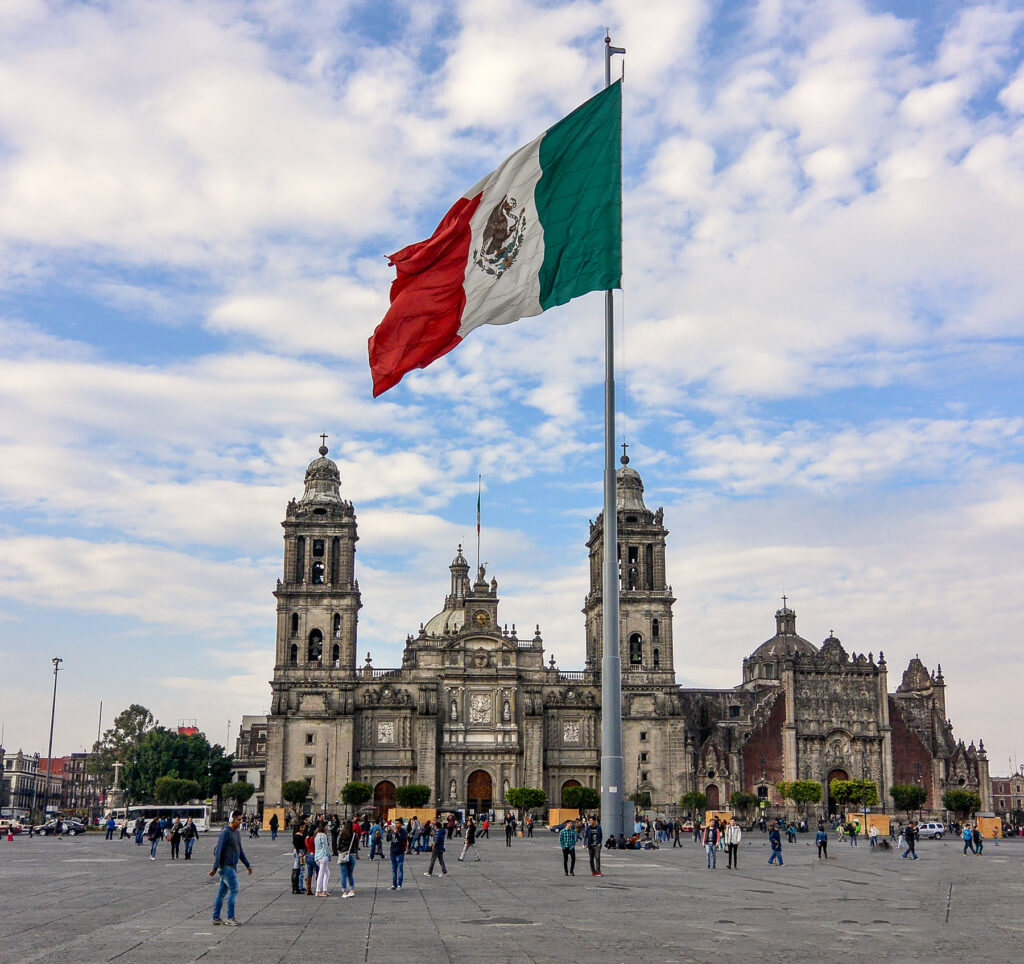
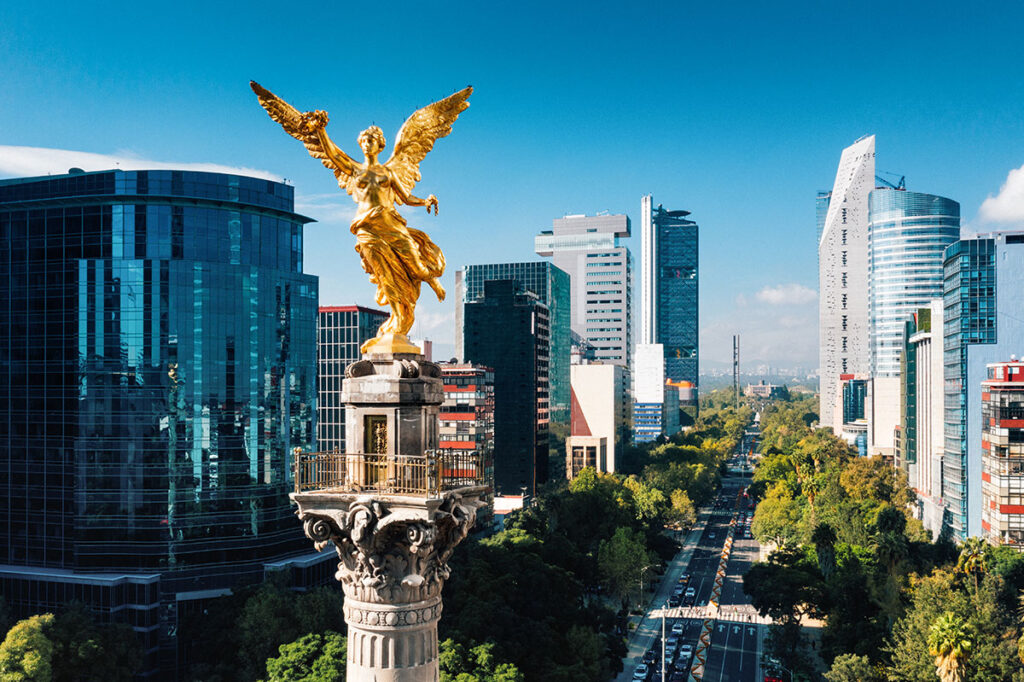
Cancun and the Riviera Maya: Known for stunning beaches and vibrant nightlife, Cancun is a popular destination. The nearby Riviera Maya offers archaeological wonders like Tulum and the natural beauty of Xcaret and Xel-Ha.
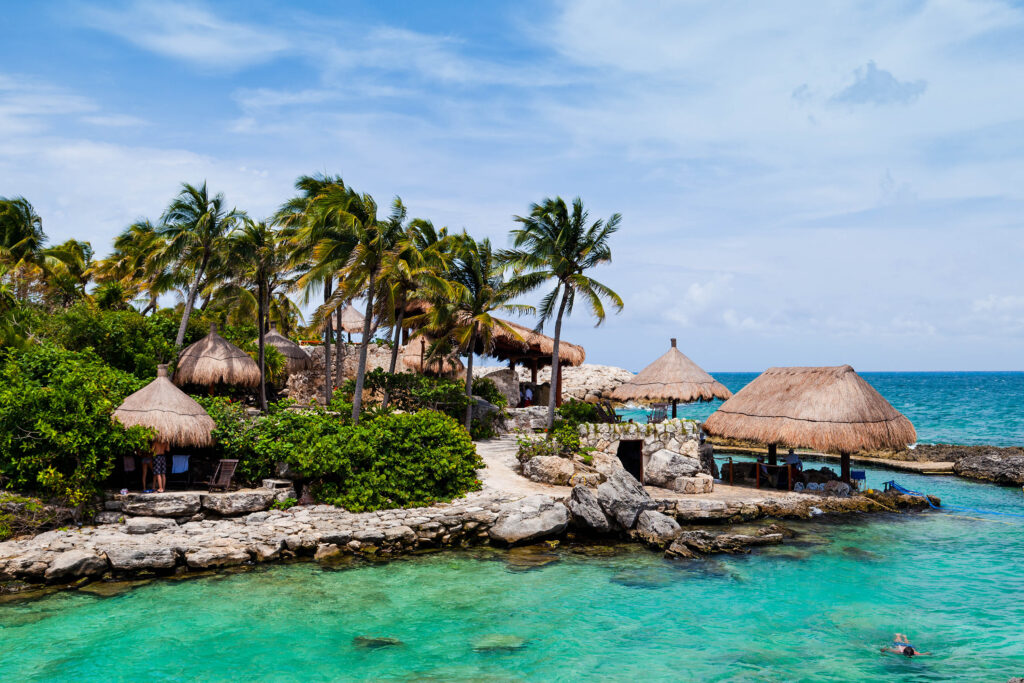
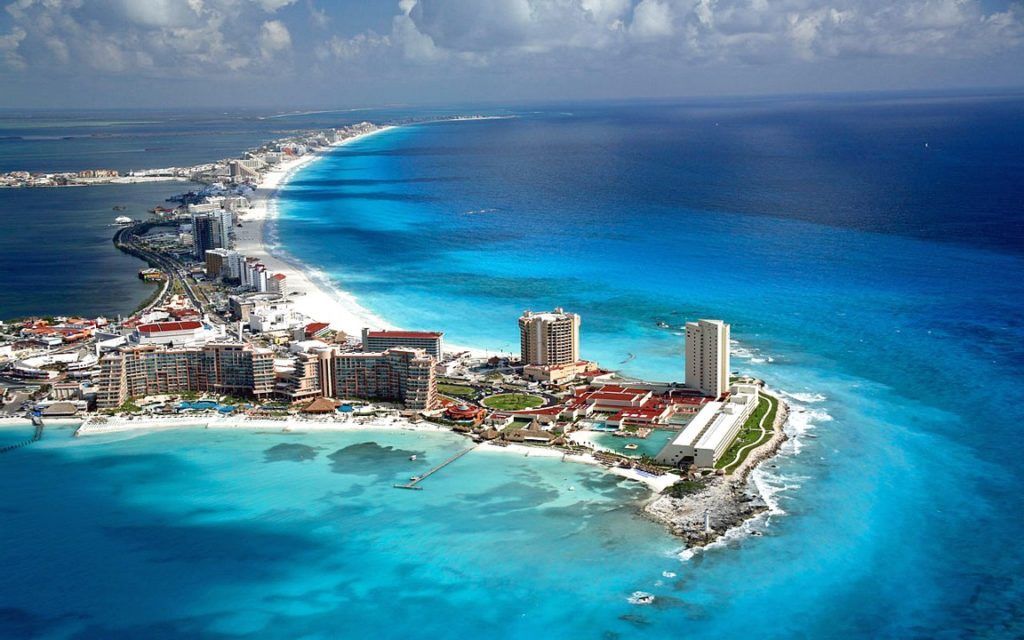
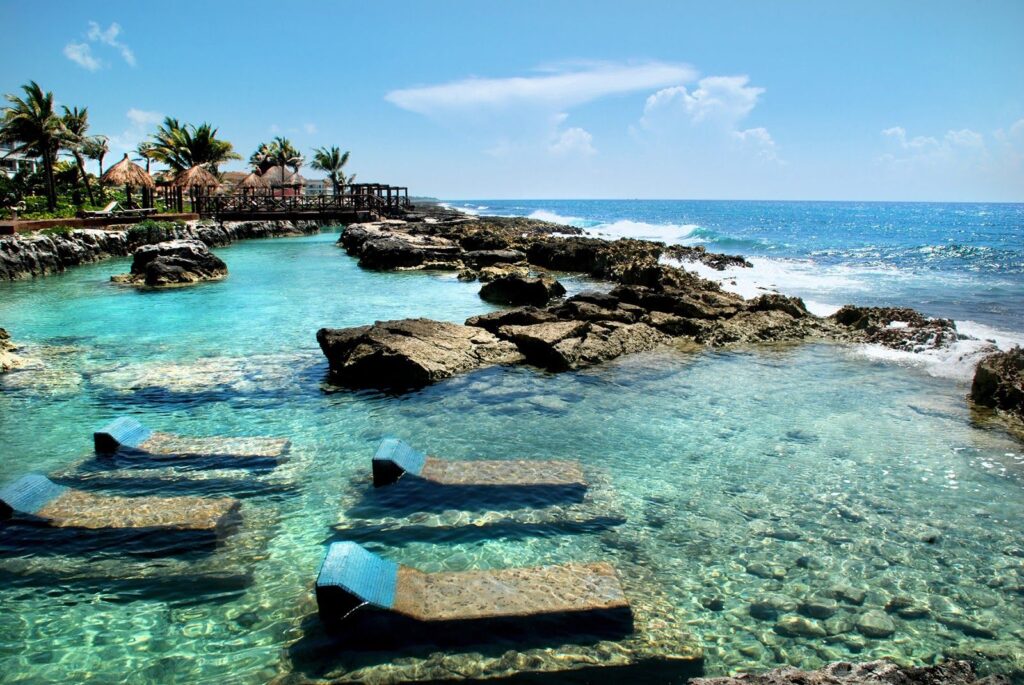
Guadalajara: Mexico’s second-largest city is famous for its mariachi music, tequila, and historic architecture. Visit the Hospicio Cabañas and enjoy the lively atmosphere of the Plaza de los Mariachis.
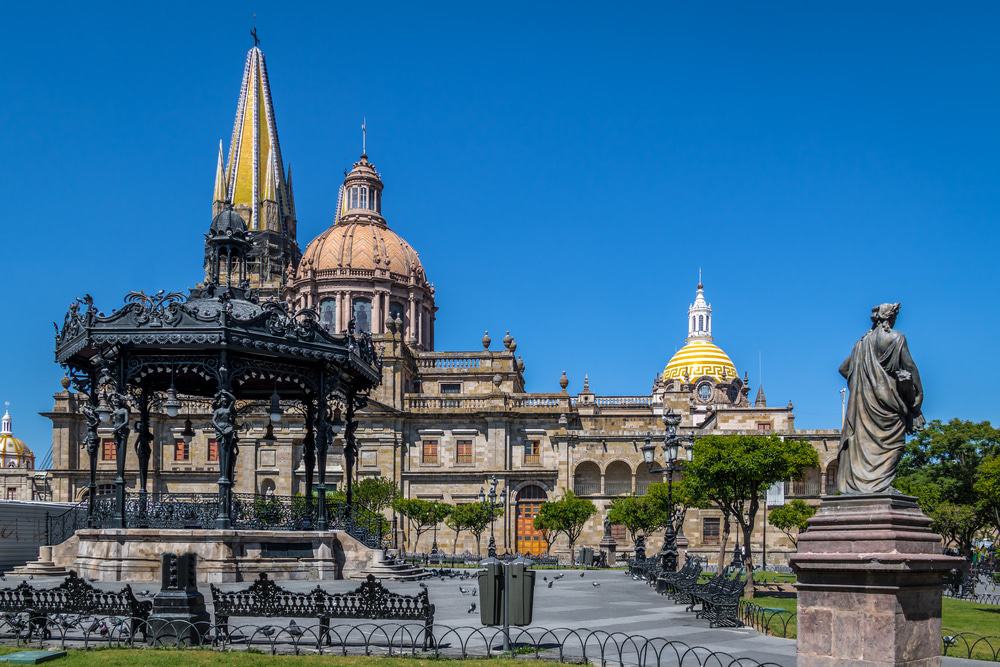
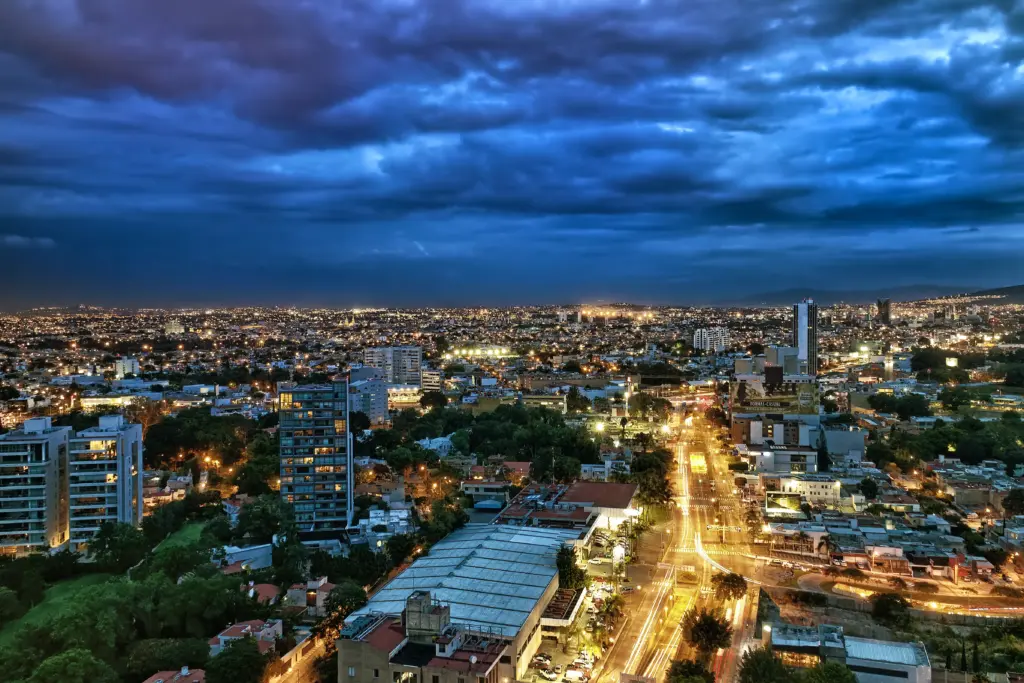
Guanajuato: A picturesque city with colorful buildings, narrow cobblestone streets, and underground tunnels. Explore the historic Alhóndiga de Granaditas and the Callejón del Beso.
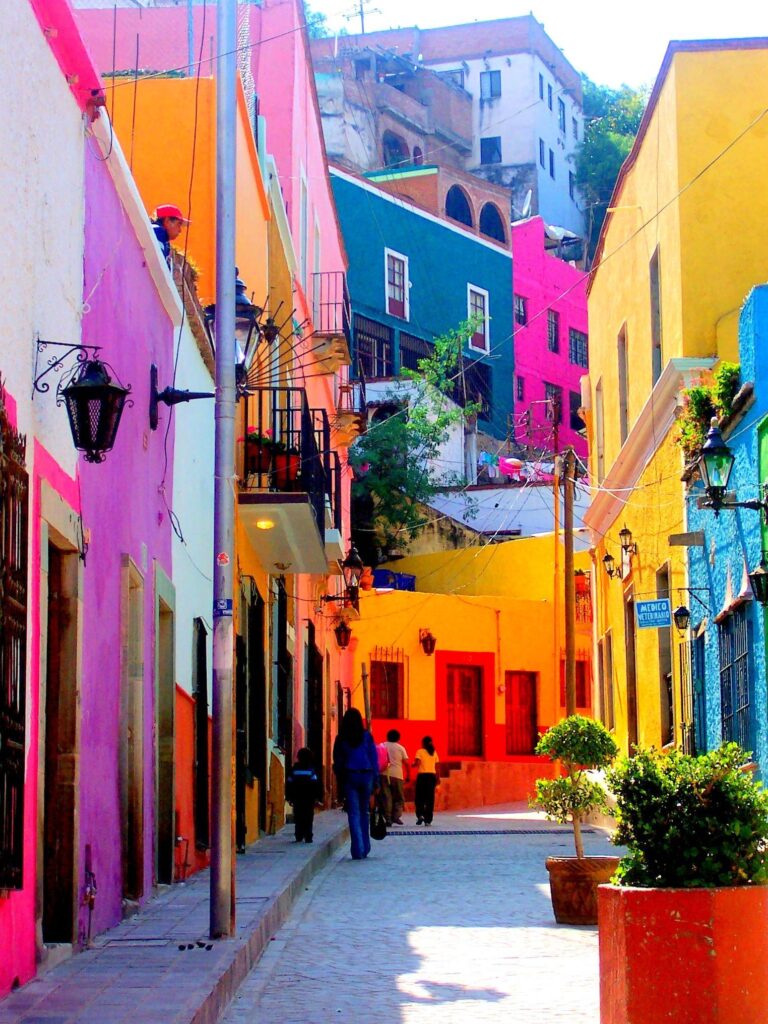
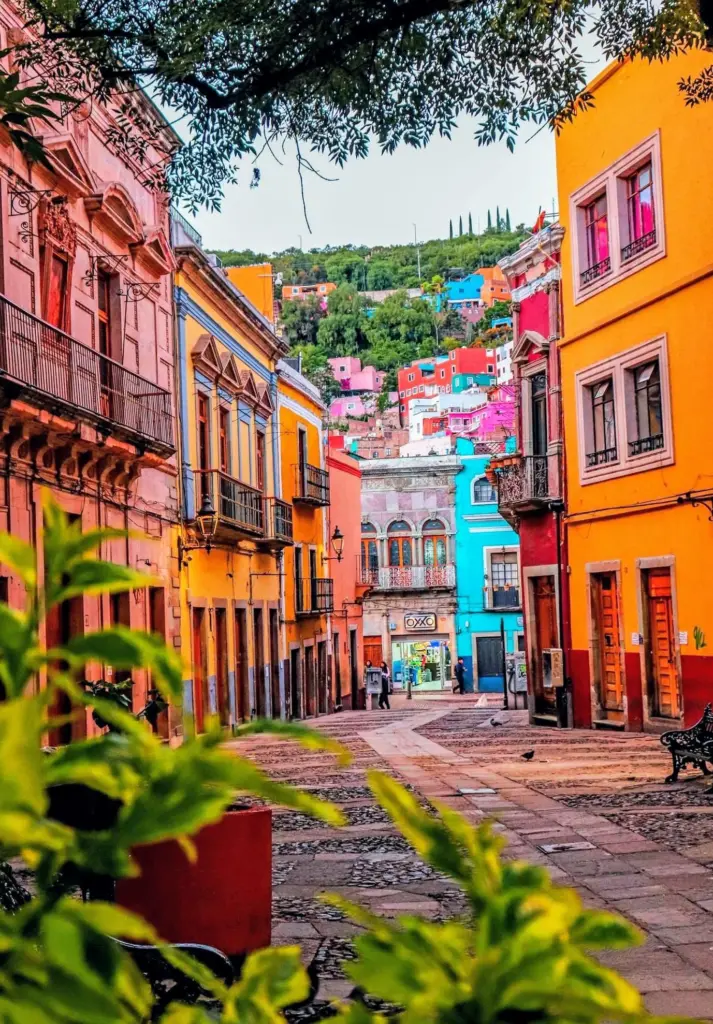
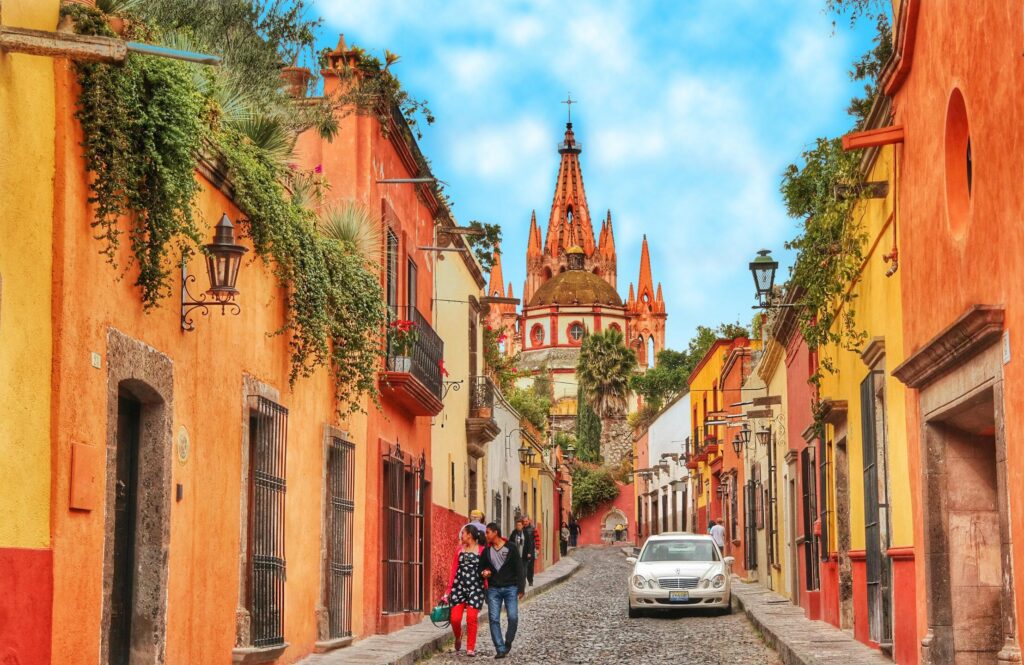
Cozumel: A popular island in the Caribbean Sea, Cozumel is known for its coral reefs, making it a top destination for snorkeling and diving.
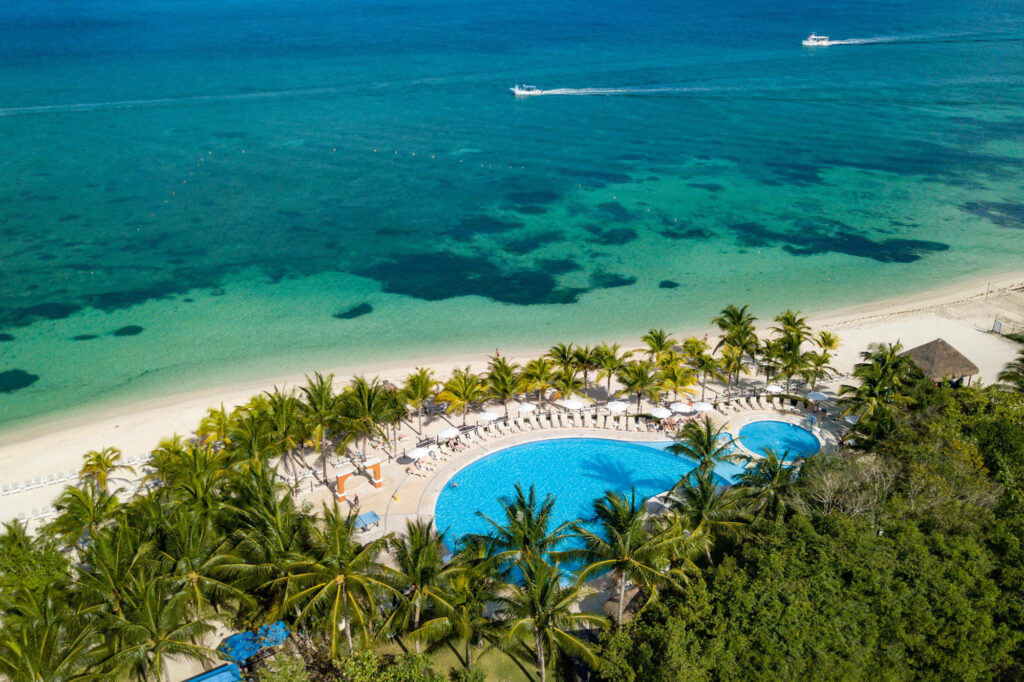
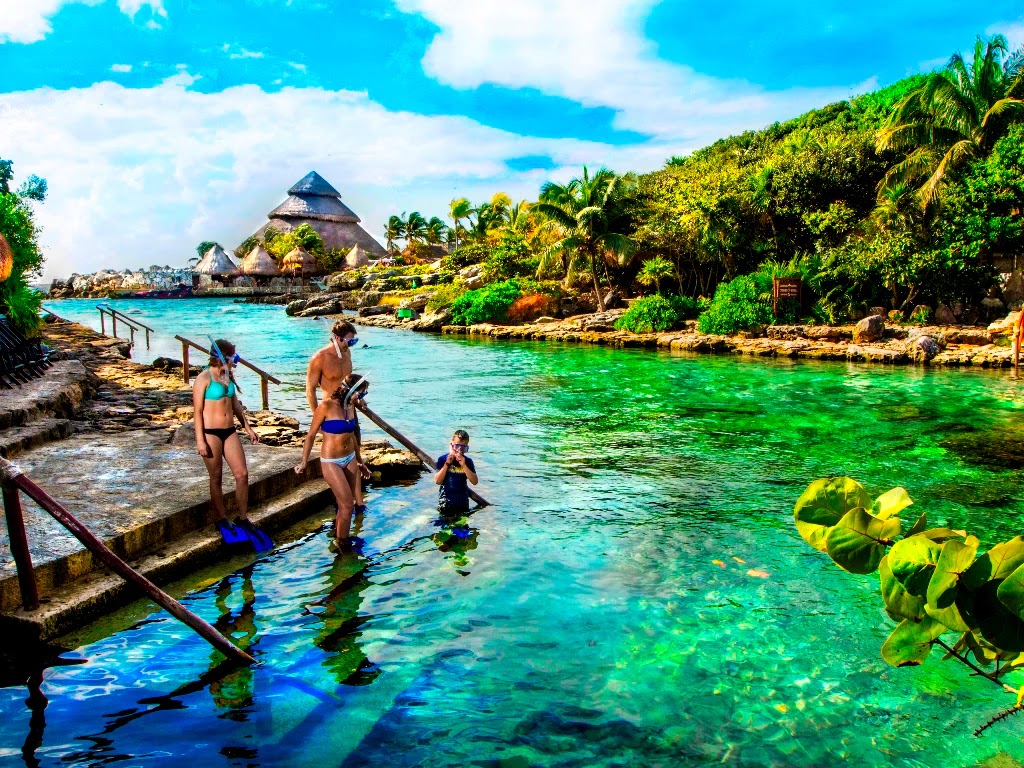
Copper Canyon (Barrancas del Cobre): Located in the Sierra Madre Occidental, this series of canyons is larger and deeper than the Grand Canyon. The scenic train ride through the canyons is a must-try experience.

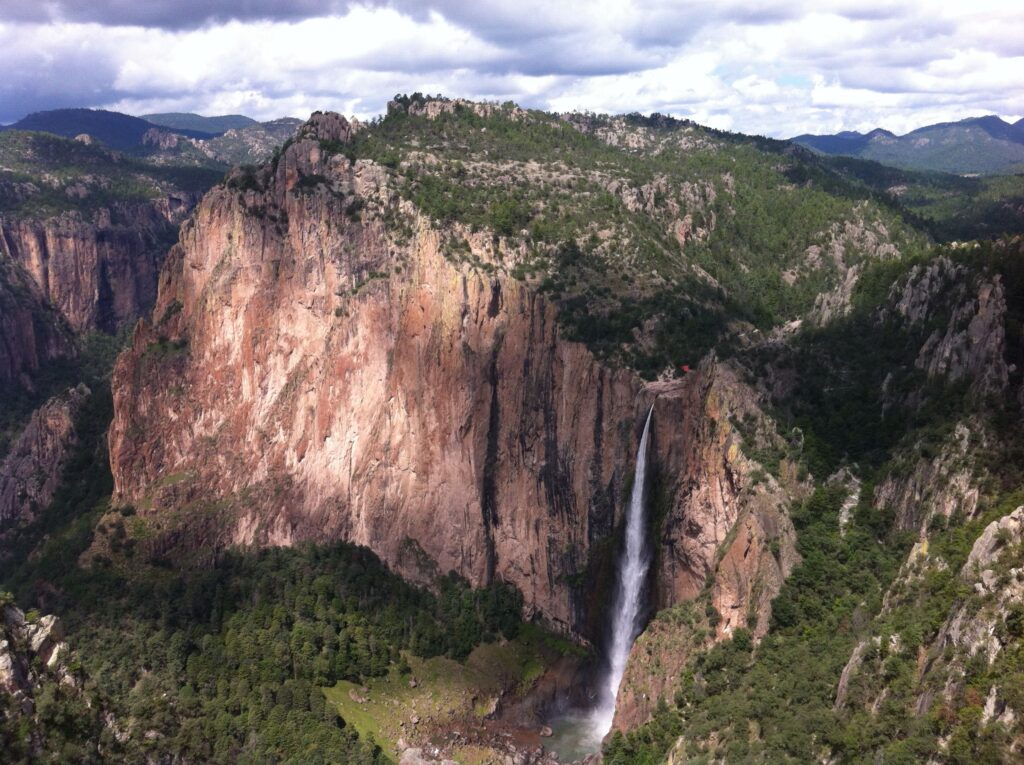
Oaxaca City: Recognized for its rich indigenous culture, Oaxaca is a UNESCO World Heritage Site. Explore the vibrant markets, sample the local cuisine, and visit archaeological sites like Monte Albán.
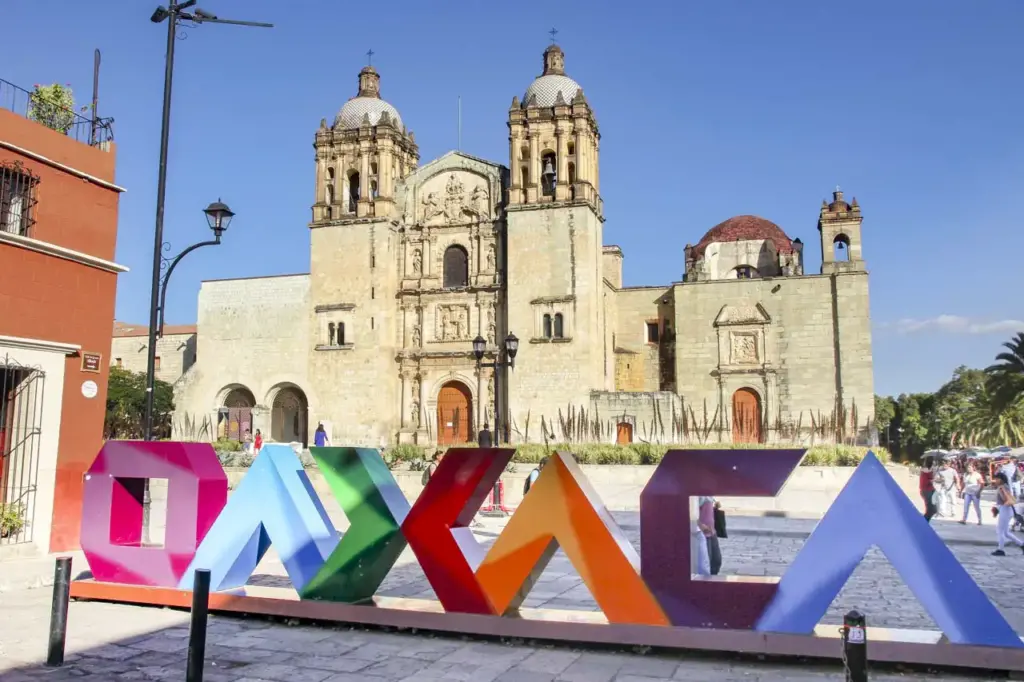
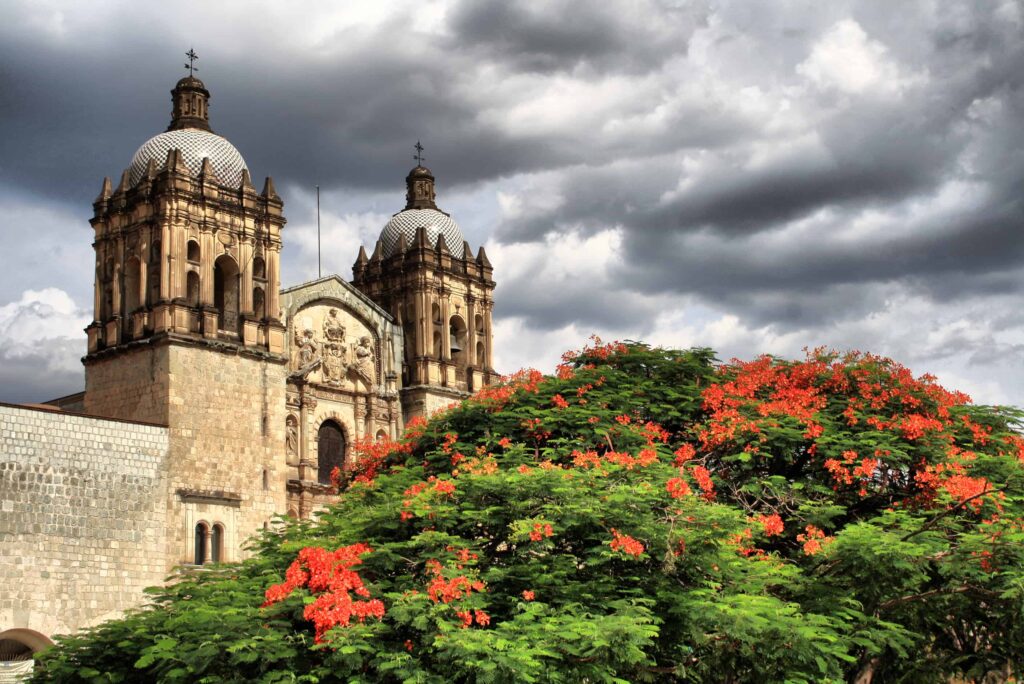
Mexico’s traditional food
Mexican cuisine is renowned worldwide for its rich flavors, diverse ingredients, and vibrant colors. Traditional Mexican food is a reflection of the country’s history, cultural diversity, and the ingenious use of local ingredients. Here are some key elements of Mexico’s traditional cuisine:
- Tacos: Perhaps the most iconic Mexican dish, tacos consist of folded or rolled tortillas filled with various ingredients. Common fillings include seasoned meats (such as carne asada or al pastor), beans, cheese, and salsa.
- Tamales: Tamales are a traditional Mesoamerican dish made of masa (a dough made from corn) that is filled with various ingredients, such as meats, chilies, fruits, or beans. The mixture is wrapped in a corn husk and steamed.
- Enchiladas: These are rolled tortillas filled with meat, cheese, beans, or a combination, and covered in a chili pepper sauce. Enchiladas are often baked and topped with additional ingredients like sour cream and guacamole.
- Guacamole: A classic Mexican dip made with mashed avocados, diced tomatoes, onions, cilantro, lime juice, and chili peppers. It’s often served with tortilla chips or as a topping for various dishes.
- Salsa: Mexico offers a variety of salsas, ranging from mild to fiery. Salsas are typically made with tomatoes, onions, cilantro, chili peppers, and lime juice. They add a burst of flavor to many Mexican dishes.
- Chiles Rellenos: This dish consists of large, mild chili peppers stuffed with cheese, meat, or beans, then battered and fried. They are often served with tomato sauce or other flavorful toppings.
- Mole: Mole is a rich and complex sauce that comes in various regional styles. It typically includes ingredients like chili peppers, chocolate, spices, and sometimes nuts. Mole is often served with poultry or pork.
- Pozole: A hearty soup made with hominy (dried corn kernels that have been treated with an alkali), meat (usually pork or chicken), and seasoned with chili peppers, garlic, and other spices. It’s often garnished with radishes, lettuce, and lime.
- Chiles en Nogada: This dish is a symbol of Mexican patriotism, featuring large poblano chili peppers stuffed with a mixture of meat, fruits, and spices. They are topped with a walnut-based cream sauce and garnished with pomegranate seeds.
- Ceviche: A seafood dish where raw fish or shrimp is “cooked” in lime or lemon juice and mixed with tomatoes, onions, cilantro, and chili peppers. It’s a refreshing and flavorful option, particularly in coastal regions.
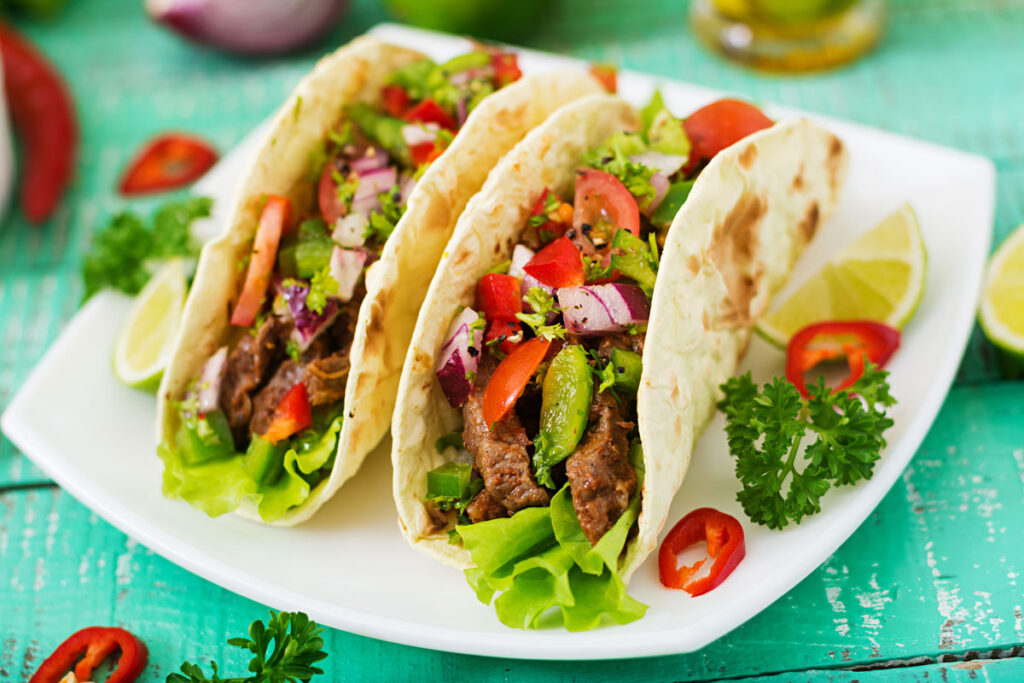
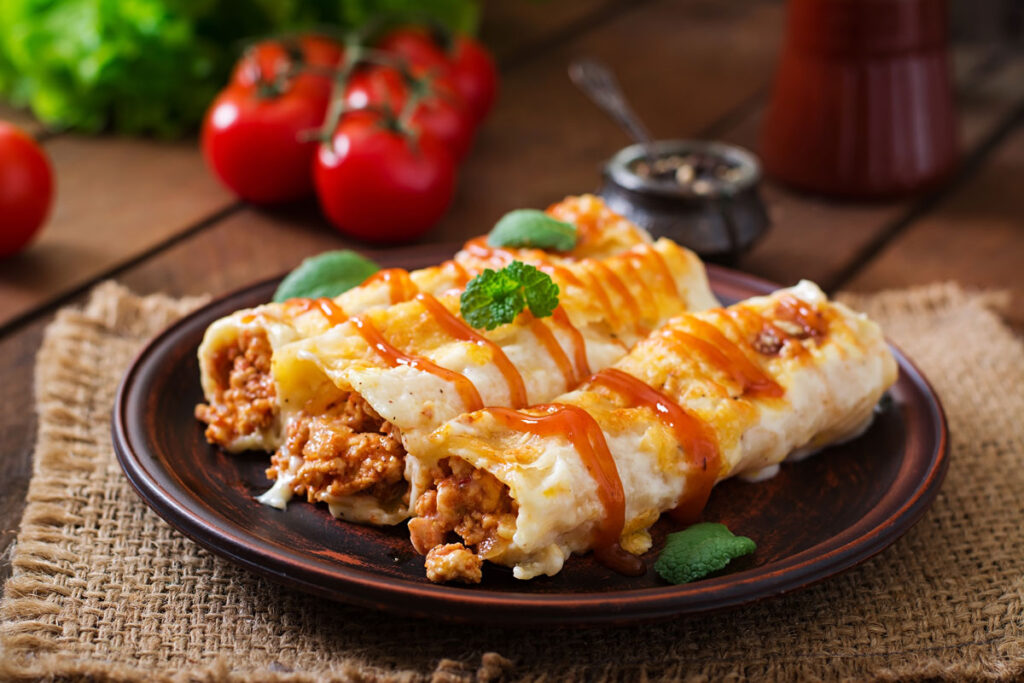
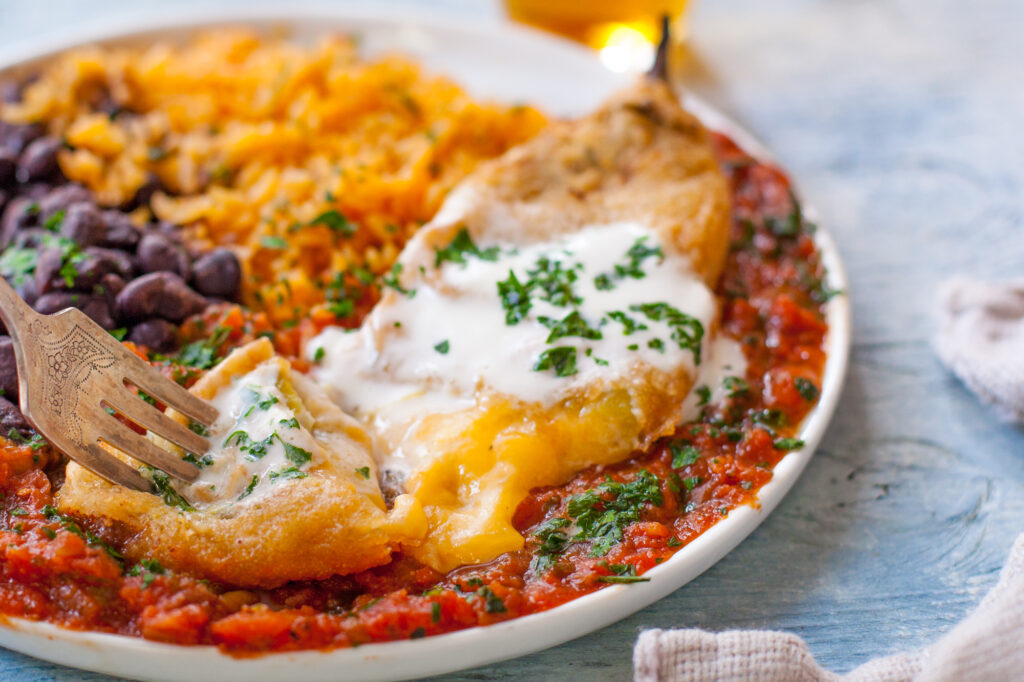
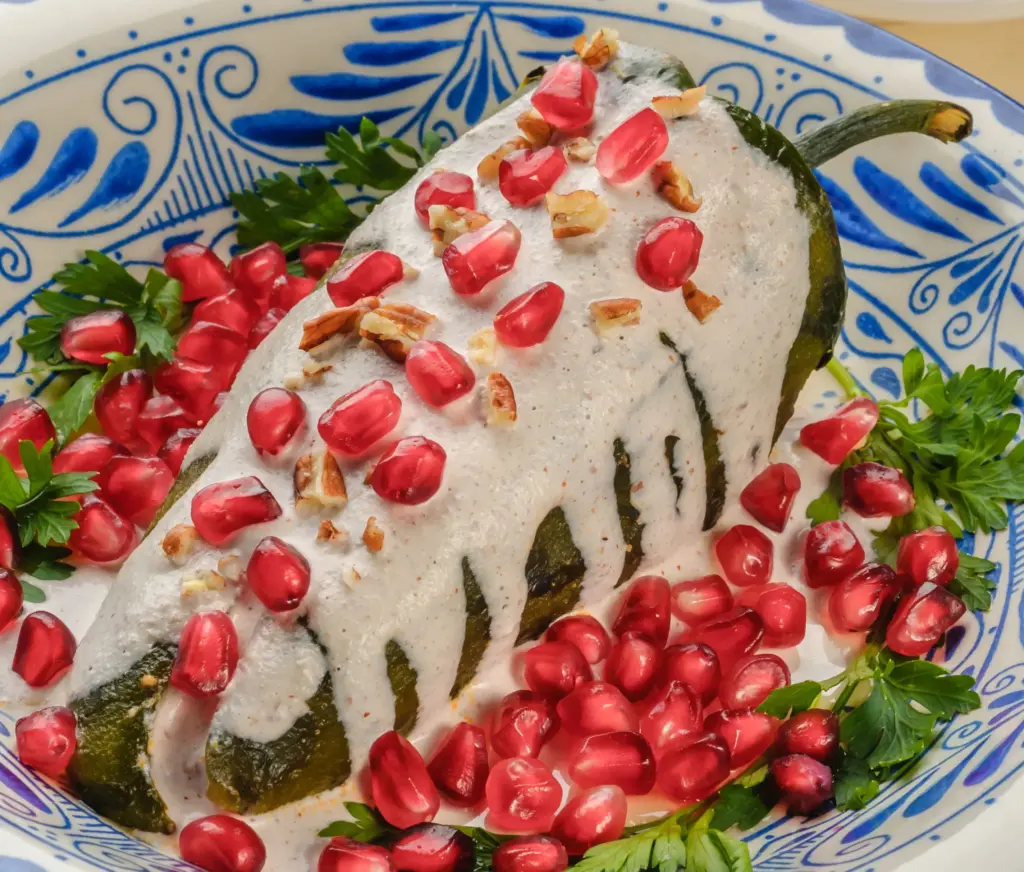
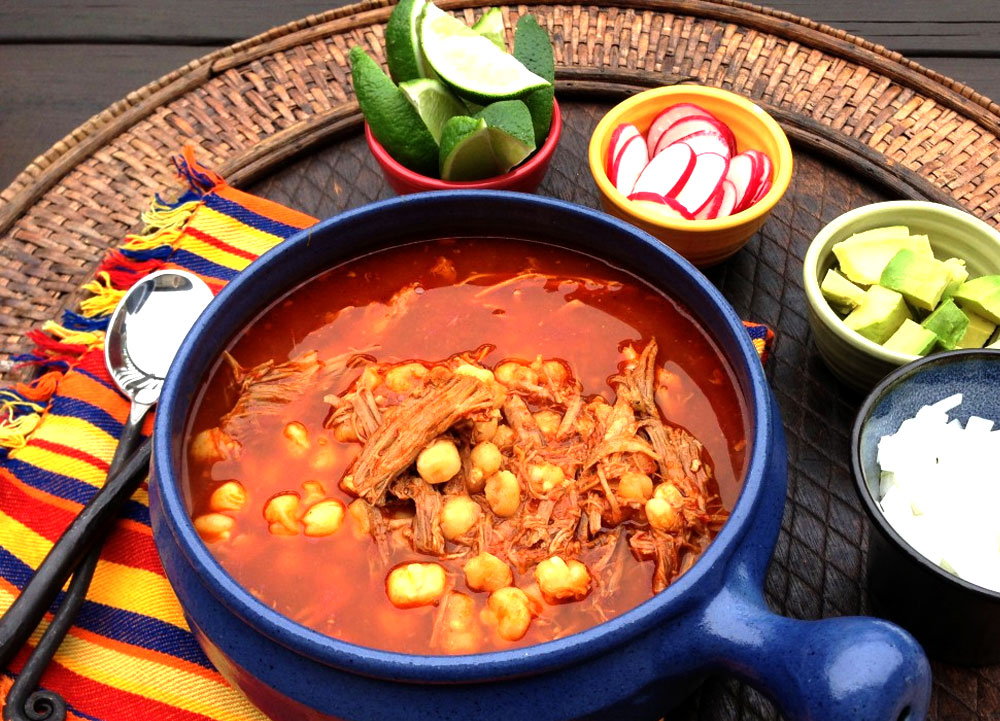
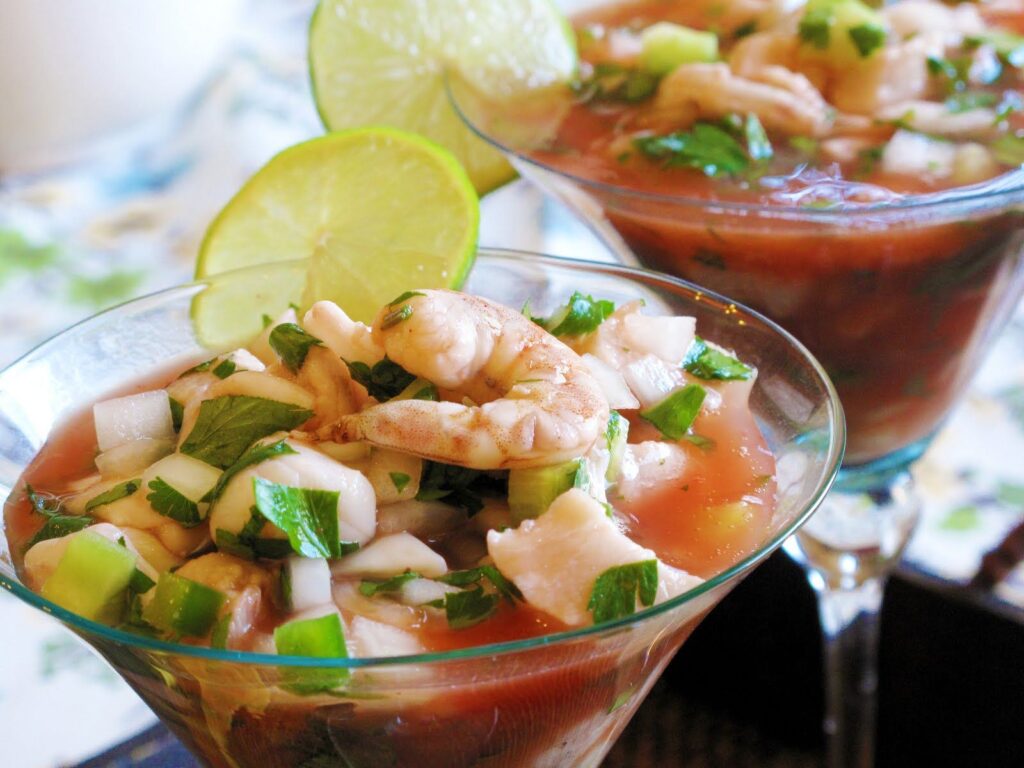
Traditional Costumes in Mexico
Traditional costumes in Mexico are vibrant, diverse, and reflective of the country’s rich cultural heritage. Different regions and indigenous communities have their own distinct styles of clothing, often influenced by historical and cultural factors. Here are some examples of traditional costumes in Mexico:
- Charro Suit (Traje de Charro): The charro suit is a traditional outfit worn by Mexican cowboys, known as charros. It typically includes tight-fitting pants adorned with embroidery, a wide-brimmed sombrero, a bow tie, a short jacket, and a vest. The charro suit is often associated with Mariachi bands and is worn during festive occasions.
- China Poblana: Originating in the state of Puebla, the China Poblana costume is characterized by a colorful, embroidered blouse with a square neckline, a full, vibrant skirt, and a rebozo (shawl). This traditional dress is often worn during folkloric dances and celebrations.
- Tehuana Dress: Hailing from the Isthmus of Tehuantepec in Oaxaca, the Tehuana dress is a distinctive outfit characterized by a heavily embroidered blouse, a wraparound skirt, and a headdress adorned with flowers and ribbons. This traditional costume represents the strength and independence of the women in the region.
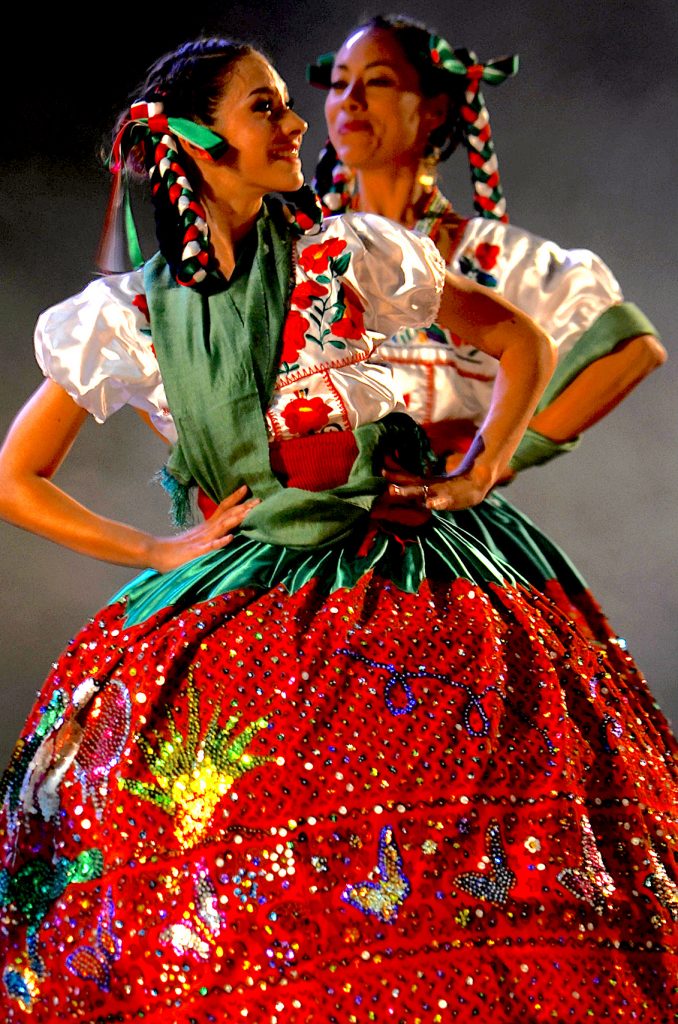

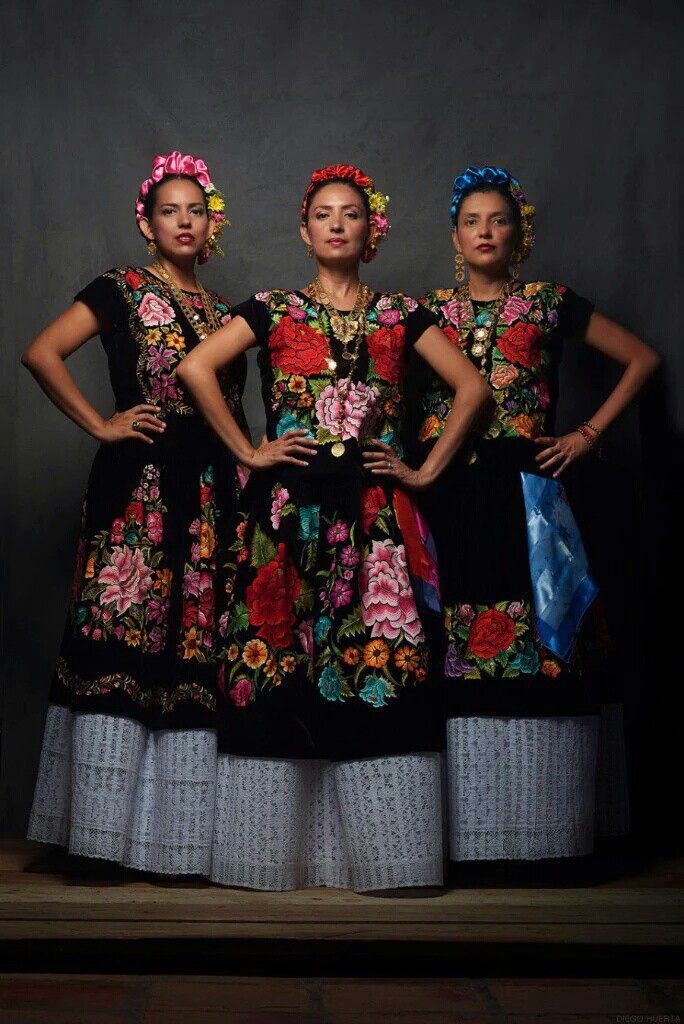
More
- Jalisco Dress (Adelita): The Jalisco dress, also known as the Adelita dress, is a colorful and elegant outfit worn during traditional dances in the state of Jalisco. It features a tiered skirt with vibrant ruffles, an embroidered blouse, and a wide-brimmed hat. The Jarabe Tapatío dance is often associated with this attire.
- Indigenous women in various regions of Mexico wear a traditional embroidered blouse called Huipil. The corte is a wraparound skirt, often made of woven fabric with intricate patterns. Together, the huipil and corte create a distinctive and culturally significant outfit.
- Zapotec Clothing: The Zapotec people in Oaxaca have unique traditional clothing. Women often wear brightly colored embroidered blouses and skirts, while men may wear woolen ponchos and embroidered pants. The designs often incorporate symbols and patterns with cultural significance.

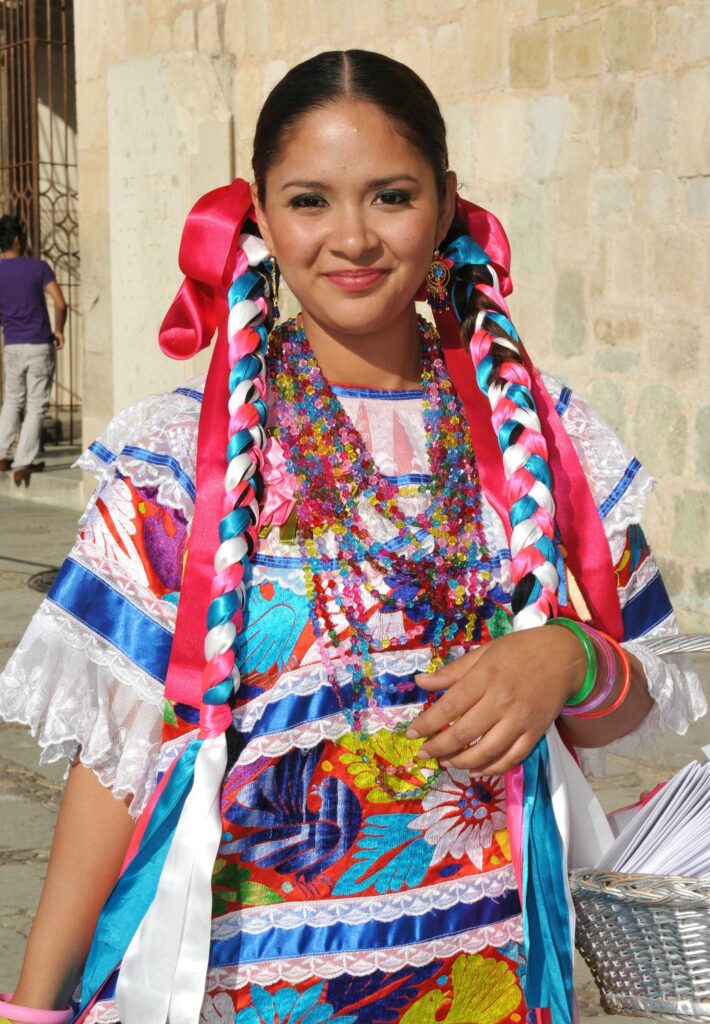

Festivals in Mexico
Known for its lively and colorful festivals, Mexico reflects its rich cultural heritage and diverse traditions. Here are some of the most celebrated festivals in Mexico:

Guelaguetza: Held in the city of Oaxaca, the Guelaguetza is a vibrant cultural festival that takes place in July. It features traditional dances, music, and colorful costumes representing the diverse indigenous communities of the region.
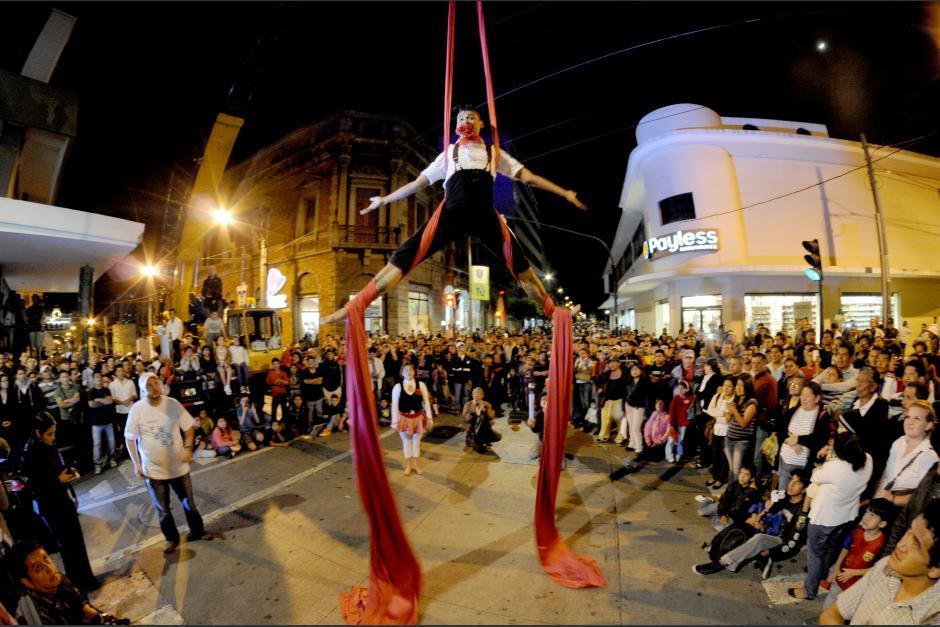
Festival del Centro Histórico: Celebrated in Mexico City, this festival showcases a wide range of cultural events, including concerts, dance performances, theater, and art exhibitions. It aims to highlight the rich cultural heritage of Mexico’s capital.
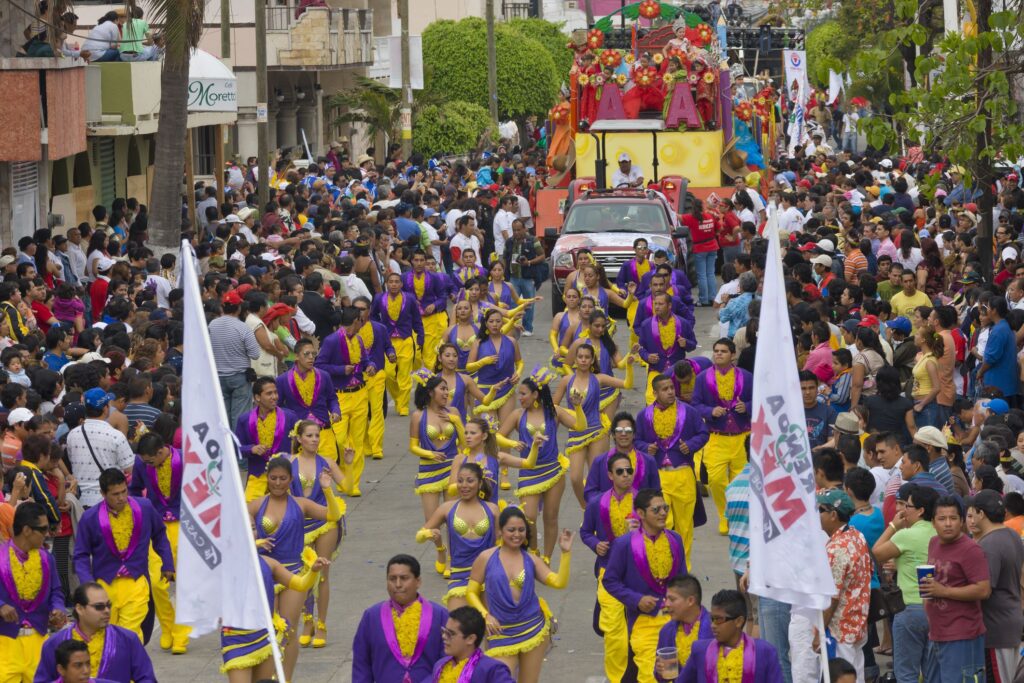
Carnaval: Various cities across Mexico celebrate Carnaval with colorful parades, music, dance, and elaborate costumes. Mazatlán, Veracruz, and Mérida host particularly vibrant Carnaval celebrations.
Traditional arts and crafts in Mexico
Mexico’s rich tradition of arts and crafts showcases the country’s diverse cultural influences and craftsmanship. Here are some notable Mexican crafts:
Mexican Folk Art:
- Alebrijes: Brightly colored Mexican folk art sculptures depict fantastical creatures. Carved from wood and painted in intricate patterns, alebrijes have become iconic symbols of Mexican folk art.
- Papel Picado: This traditional Mexican folk art involves cutting intricate designs into colorful tissue paper. People often use these delicate paper banners to decorate streets, festivals, and celebrations.
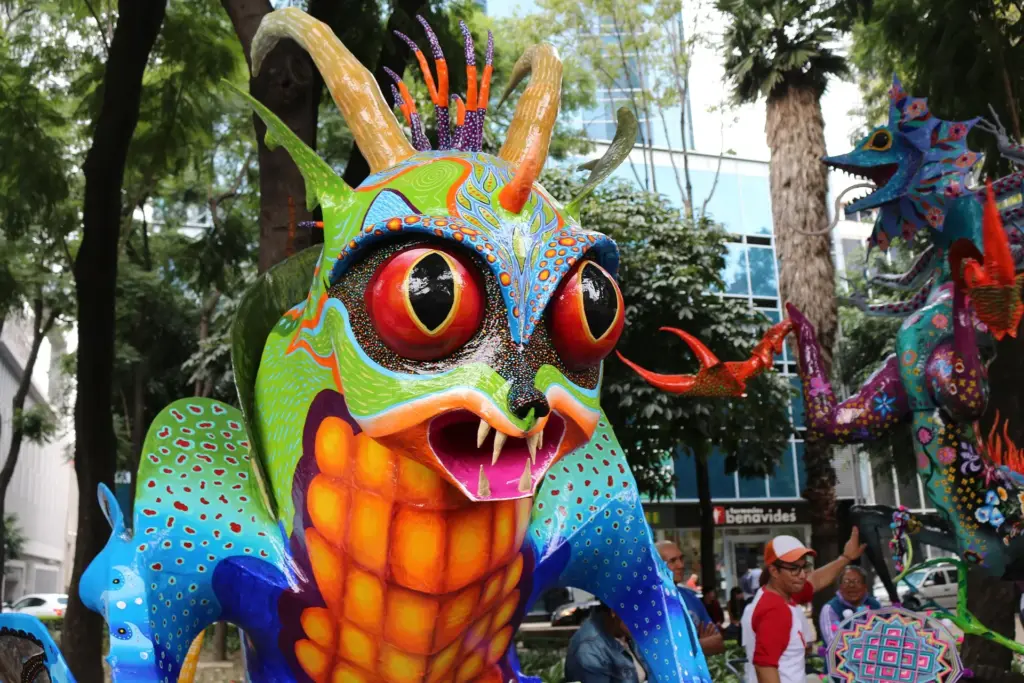
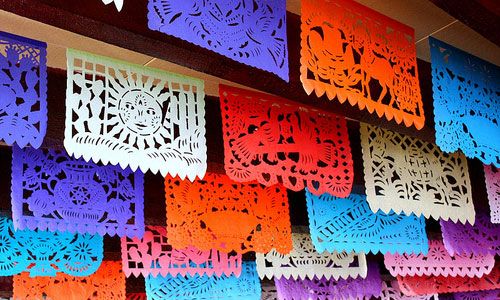
Amate Bark Painting:
- Indigenous communities in Mexico create vibrant paintings on amate, a type of bark paper. The paintings often depict traditional stories, rituals, and nature scenes.
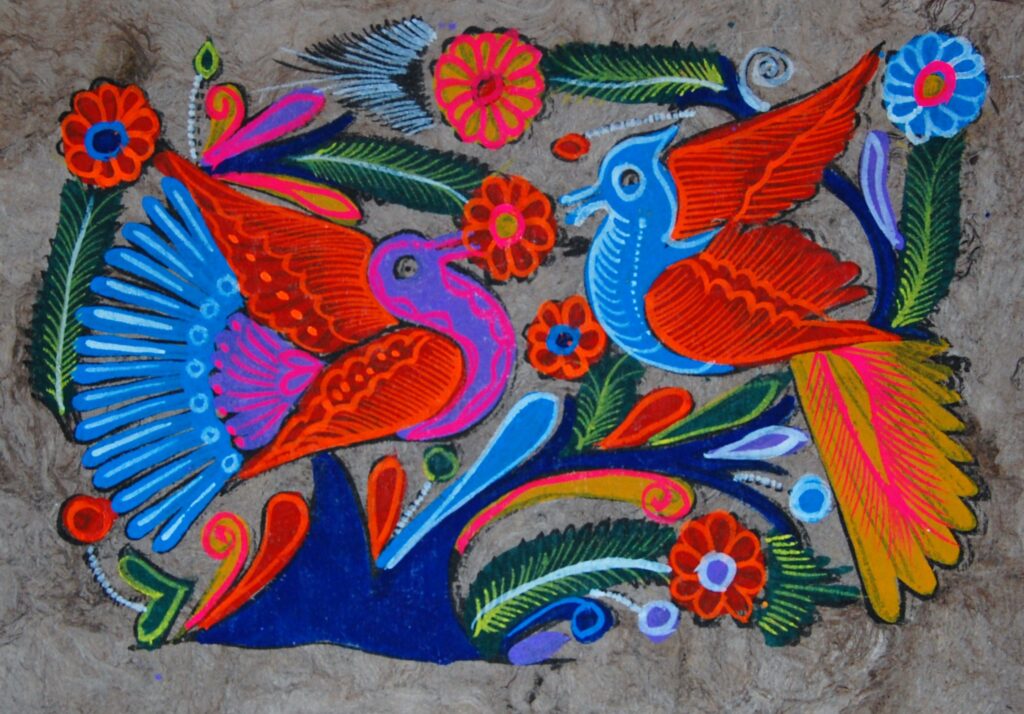
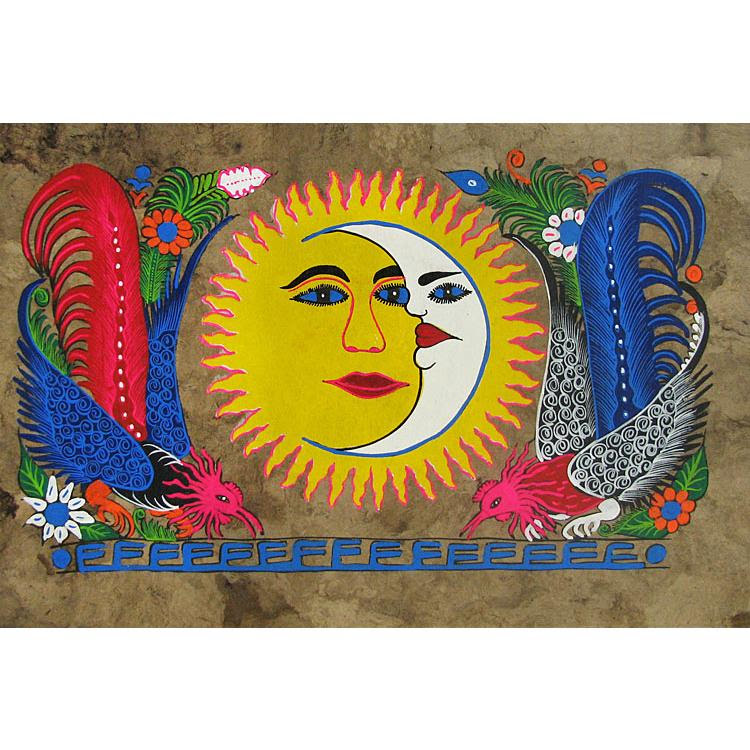
Facts about Mexico…
- UNESCO recognizes Mexico’s cuisine as an Intangible Cultural Heritage. It includes dishes such as tacos, tamales, mole, and guacamole, which have gained international popularity.
- Mexico is the most populous Spanish-speaking country in the world and the third-largest by land area in Latin America, after Brazil and Argentina.
- Celebrated on November 1st and 2nd, Día de los Muertos is a time to honor and remember deceased loved ones. It involves colorful altars, sugar skulls, marigolds, and visits to cemeteries.
- Mexican professional wrestling, known for its colorful masks and high-flying acrobatics, features prominently in the entertainment scene. The sport has gained a cult following and has become a significant part of Mexican popular culture.
If you want to know more about Spain, check here!
All Service-Learning Articles by Month
- November 2023 (11)
- October 2023 (9)
- September 2023 (5)
